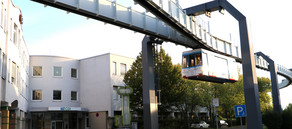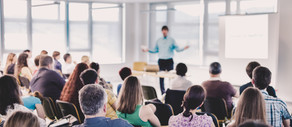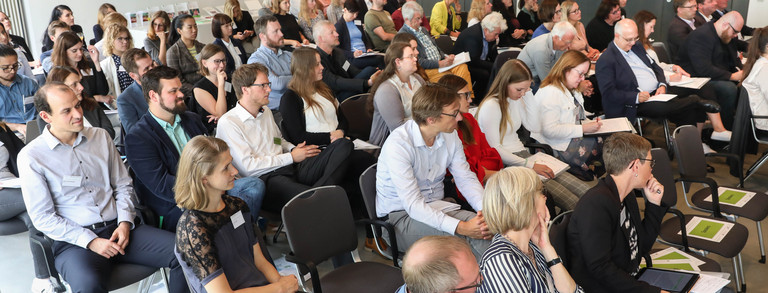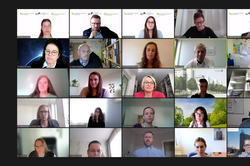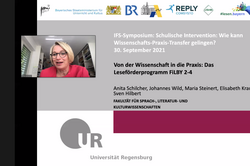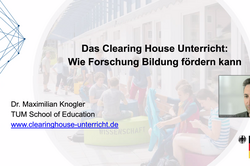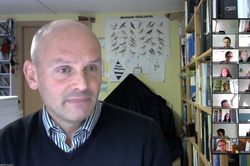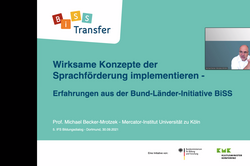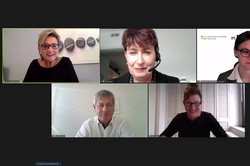5th IFS-Education Dialogue „School Intervention: How can science-practice transfer succeed?“
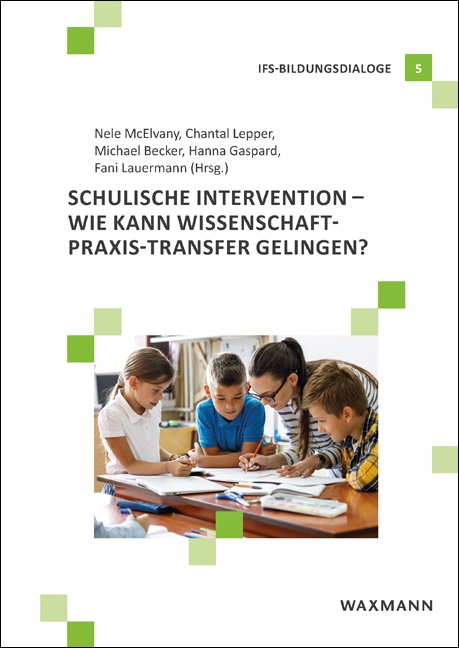
An edited volume has been published for the conference, more information can be found here.
Program
| Time | Program |
|---|---|
| 10:30 | GREETINGProf. Dr. Nele McElvany (Executive Director of the IFS)Prof. Dr. Sabine Hornberg (Dean of the Faculty of Education, Psychology and Educational Research) MinDirig Dr. Stefan Luther (Federal Ministry of Education and Research) |
| 10:45 | OVERVIEW LECTURE School Intervention: How can science-practice transfer succeed?From science to practice: The Leseförderprogramm FiLBY 2-4Prof. Dr. Anita Schilcher (University Regensburg) Plenary discussion |
| 11:15 | FOCUS TOPIC Interlocking science and practiceThe Clearing House Teaching - How Research Can Promote EducationDr. Maximilian Knogler (TU Munich) Theory-practice transfer - „Why not, actually?" Dr. Martin Burghoff (Deputy Headmaster at the Städtisches Gymnasium Wermelskirchen) Plenary discussion |
| 12:15 | Lunch break |
| 13:15 | FOCUS TOPIC Interventions at the school system levelPromotion of schools in socially challenging situations - acceptance, implementation and effects ofInterventions at school system level using the example of the Berlin Bonus Program Dr. Susanne Böse (DIPF | Leibniz Institute for Research and Information in Education) Interventions for school and classroom development in Baden-Württemberg Prof. Dr. Benjamin Fauth and Dr. Evelin Ruth-Herbein (Institute for Educational Analysis of the State of Baden-Württemberg and University Tübingen) Plenary discussion |
| 14:15 | FOCUS TOPIC Implementation of interventionsImplementing effective concepts for language development - Experiences from the Federal-Länder Initiative BiSSProf. Dr. Becker-Mrotzek (University Cologne) Being able to do maths safely - architecture of an implementation project and internal insights into the conditions for success of a network facilitator Claudia Ademmer (Teacher of the Richard-von-Weizsäcker-Gesamtschule Rietberg) Plenary discussion |
| 15:15 | Coffee break |
| 15:30 | Input LectureStrategies for transfer processes - discourse observations and experiencesDr. Veronika Manitius (Qualitäts- und UnterstützungsAgentur – Landesinstitut für Schule NRW) |
| 16:00 | PANEL DISCUSSIONSimone Fleischmann (Bavarian Teachers' Association)MinDirig Dr. Stefan Luther (Federal Ministry of Education and Research) Prof. Dr. Nele McElvany (Executive Director of the IFS) Ulrike Sommer (Executive Director of Wider Sense TraFo) Plenary discussion |
| 16:45 | CONCLUSION AND FAREWELL |


